24+ Plantar Responses Are Flexor
Web There are three responses possible. Web Stimulation of the lateral plantar aspect of the foot S1 dermatome normally leads to plantar flexion of the toes due to stimulation of the S1 myotome.
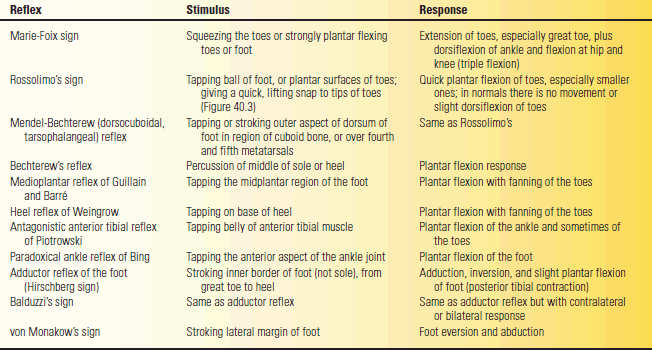
Pathologic Reflexes Neupsy Key
We describe 3 subjects with Klippel-Feil syndrome and mirror movements where unilateral cutaneous stimulation of the foot leads to flexor plantar responses in both feet.
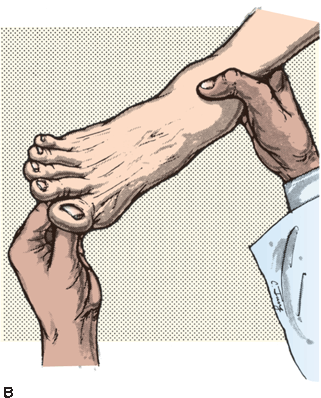
. There was no increase in sensitivity or withdrawal with increasing forces. If elicited in an adult it indicates damage to the. There is no response.
The reflex can take one of two forms. However few studies have measured the mechanisms underlying these changes. Web The plantar reflex is a reflex elicited when the sole of the foot is stimulated with a blunt instrument.
Web These findings support that increased passive resistance of the ankle plantar flexor muscle-tendon unit and development of contractures may conceal stretch reflex response in adults with CP. Web A plantar reflex is a normal reflex that involves plantar flexion of the foot which moves toes away from the shin and curls them down. Web Stroking the lateral part of the sole of the foot with a fairly sharp object produces plantar flexion of the big toe.
PubMed Google Scholar WALSHE F. Web FLEXION AND EXTENSION SYNERGIES 19 21 24 26 26 28 29 29 - the Babinski sign as part of a flexion synergy. Web Enhanced physical performance following whole-body vibration WBV has been attributed to increased muscle activity.
Are the electromyographic results consistent. Often there is also flexion and adduction of the other toes. In healthy adults the plantar reflex causes a downward response of the hallux flexion.
This is the response seen in healthy adults. The plantar response also known as the Babinski response is an important neurologic examination based upon what the toes do when the sole the plantar surface of the foot is stroked. Web This normal response is termed the flexor plantar reflex.
The Babinski plantar response its forms and its physiological and pathological significance. This abnormal response is termed the extensor plantar reflex or Babinski reflex. Note that a Babinski response is normal in children under 2 years.
A Babinski sign which is abnormal and indicates an upper motor neuron lesion consists of dorsiflexion and fanning of the toes. In healthy adults the plantar reflex causes a downward response of the hallux flexion. The reflex can take one of two forms.
This was a prospective study set in the postnatal ward of a tertiary care hospital. We argue that this should be taken into account in the neurological examination of spasticity. Web The plantar reflex in man with special reference to some conditions where the extensor response is unexpectedly absent.
A normal flexor plantar response is shown. If the big toe goes up that may well mean trouble. Observations performed at the bedside of the patient occurred at moment T1.
To determine the normal neonatal plantar response we examined 349 healthy newborn infants 32 weeks gestation within 24 hours of birth. Fams Musculoskeletal Examination and Joint Injection Techniques Second Edition 2010. Web The plantar flexors are the flexor hallucis longus and brevis great toe the flexor digitorum longus the lateral four toes at the DIP joints and the flexor digitorum brevis the lateral four toes at the PIP joints.
As flexor responses were seen in a number of children with these lesions a formal study was undertaken to assess the plantar reflex in affected children. Web Interpretation of plantar response as flexor extensor and withdrawal was not possible in 3 responses due to bizarre response which was related to sensitivity of an individual. Web Response was considered flexor when flexion of the toes occurred after stimulation.
101001archneur199200530350120027 Abstract The usual plantar response in upper motor neuron lesions is extensor. Logical plantar responses are known this technique can be applied to equivocal plantar reflexes. An abnormal plantar reflex aka Babinski Sign occurs when upper motor neuron control over.
Response was considered equivocal when the observer could not decide whether the response was clearly flexor or extensor using these criteria. Web What is the response of the plantar reflex. To evaluate plantar response in the early neonatal period in normal term healthy newborn infants.
Web a flexor plantar response and that of an extensor plantar response is that the reflex plantar flexion of the great toe is associated with activity in the short hallux flexor and reciprocal inhibition of the voluntary activity in the short hallux extensor whereas conversely reflex dorsiflexion ofthe great toe is accompanied by activity in the. Web A normal plantar reflex response involves toe flexion or even no movement. The response results from nociceptive fibers in the S1 dermatome detecting the stimulation.
A positive response is associated with an upper motor neurone lesion. A positive test also known as a Babinski sign involves the hallux extending with all other toes flexing and or spreading. Web The neonatal plantar response has been reported as extensor in 90 of newborns and flexor in 93 of newborns leading to uncertainty about its reliability and significance.
The objective of this study was to measure the responsiveness of the Ia pathway as well as contractile properties in 16 young adults 242 years eight. Web One type of flexor reflex that recorded from the tibialis anterior muscle in response to electrical stimulation of the sole of the foot was studied in normal subjects and patients with several neurological disorders. In some patients stroking the sole produces extension dorsiflexion of the big toe often with extension and abduction fanning of the other toes.
The toes curve down and inwards and the foot inverts. The hallux dorsiflexes and the other toes fan out. A flexor plantor response is the normal response to stroking the bottom of the foot.
What is the normal response of the plantar reflex. The plantar reflex is a reflex elicited when the sole of the foot is stimulated with a blunt instrument. Web The plantar reflex is one of most important and widely tested components of the neurological examination.
This normal response is termed the flexor plantar reflex. Normally this reflex consists of two components the second of which is related to the actual withdrawal.

The Sole Of The Foot The Planter Aspect Of The Foot Dr Zeenat Zaidi Ppt Video Online Download

Examining The Intrinsic Foot Muscles Capacity To Modulate Plantar Flexor Gearing And Ankle Joint Contributions To Propulsion In Vertical Jumping Sciencedirect

Neuromuscular Fatigability Of Plantar Flexors Following Continuous And Intermittent Contractions Journal Of Applied Physiology

Plantar Reflex Or Babinski Sign Youtube
Babinski Sign Physiopedia
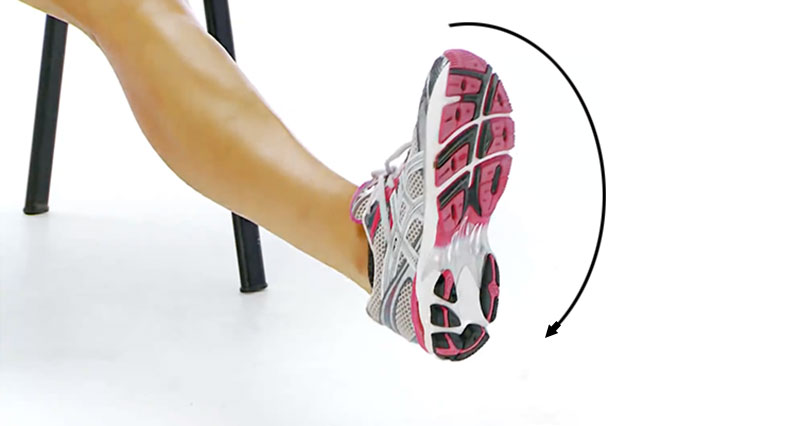
Plantar Flexion What Is It Which Muscles Plantarflex The Ankle

Plantarflexion An Overview Sciencedirect Topics
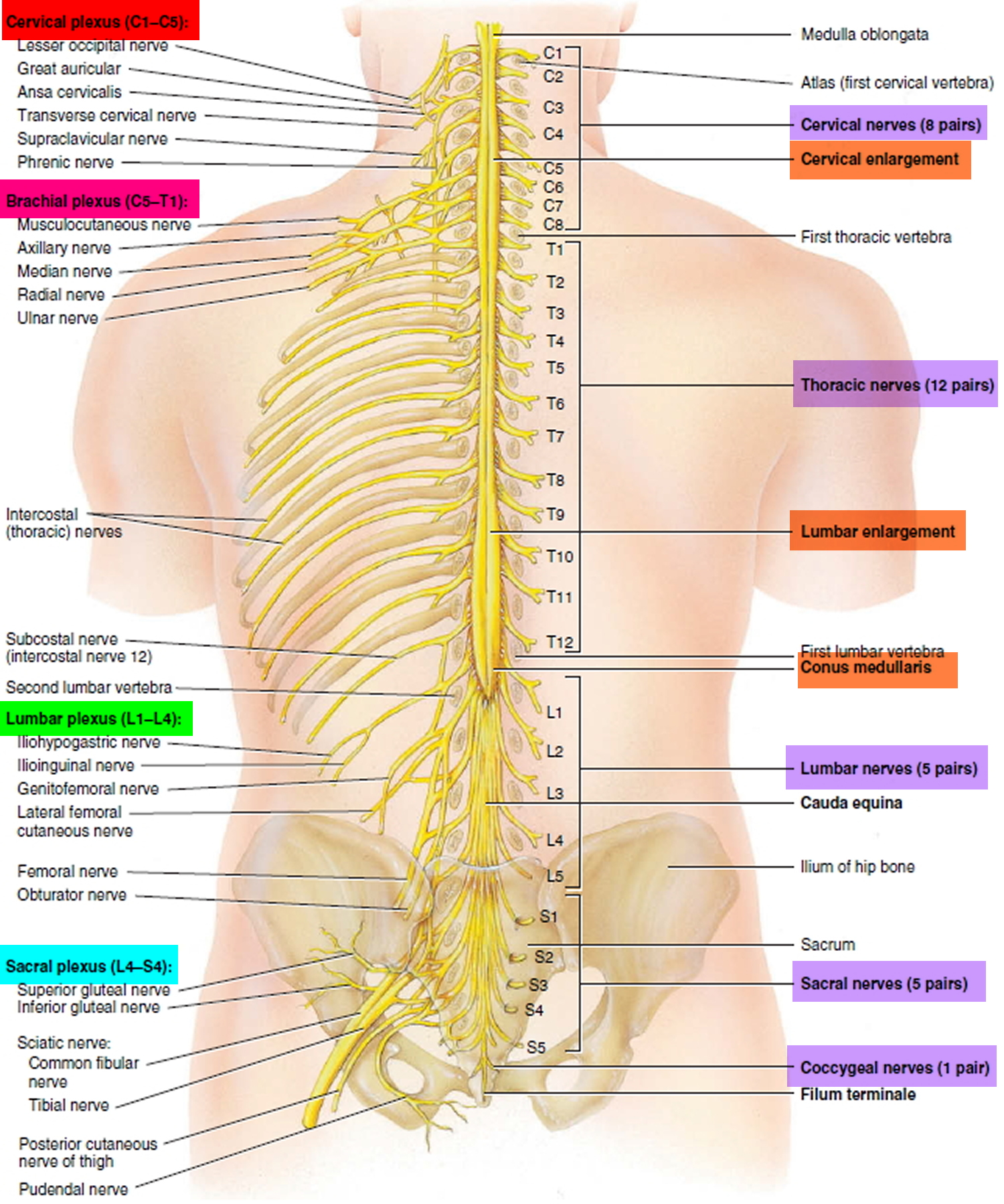
Babinski Reflex Test Causes Of Positive Babinski Reflex In Adults

Move To Improve September 2017
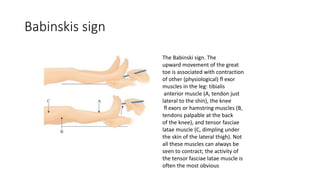
Plantar Reflex Ppt

Plantar Reflex Or Babinski Sign Youtube
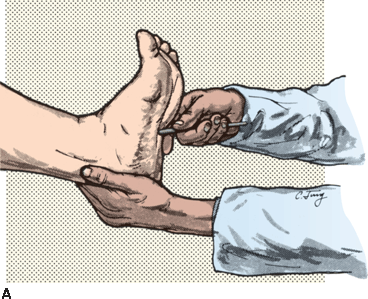
Pathologic Reflexes Neupsy Key
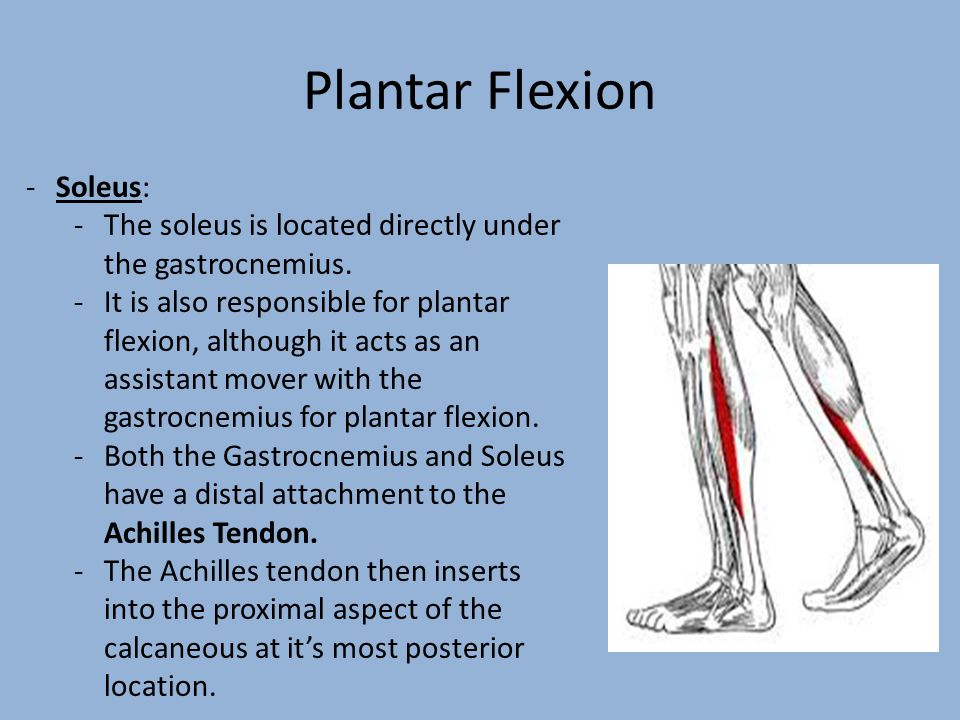
Muscles Of The Foot And Lower Leg Ppt Video Online Download
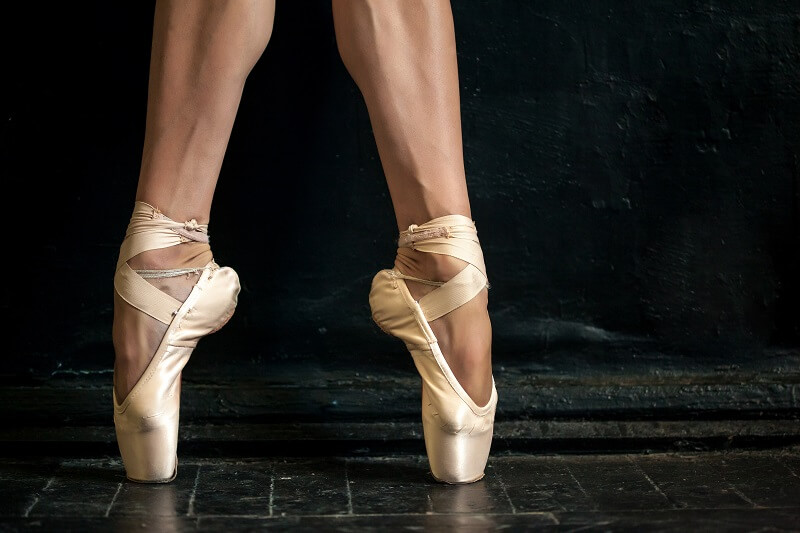
Plantar Flexion The Definitive Guide Biology Dictionary

Medicosnotes Com Alternate Methods To Elicit The Extensor Plantar Response

The Babinski Reflex Also Known As The Plantar Reflex Is Evoked When Pressure Is Applied To The Lateral Aspect Of The Sole Of The The Foot Running From The Heel To
Plantar Reflex Wikipedia